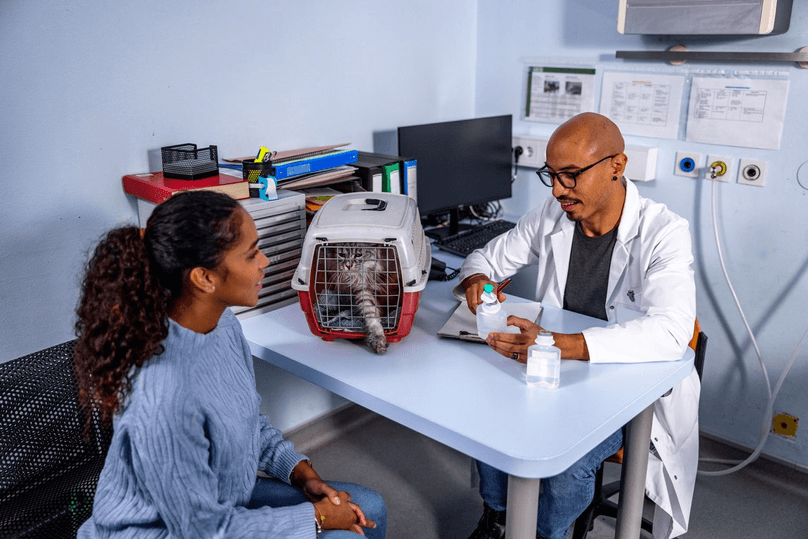
How To Talk To Your Vet
Q:I recently took my cat, Whiskers, to the veterinarian for a medical problem. The vet examined him and prescribed medication, but he didn’t explain much.
Whiskers is fine now, but I am frustrated with the poor communication. How should I handle this in the future? I don’t want to change veterinarians because I think this one is good and the others are farther away.
A:I’m happy to hear Whiskers is doing well after his illness but disappointed to hear that you and his veterinarian did not communicate well. That may be because some veterinarians communicate better with pets than humans.
You can help improve the dialogue by giving your vet a good history and asking the right questions. The history is the story of what’s happening. Your vet relies on the history and physical examination to formulate a list of possible diagnoses that guide further workup and treatment.
In one human medicine study, the patient’s history was responsible for 76% of the accuracy of the diagnosis. So, it’s important that you share all potentially helpful information in a succinct, organized manner.
Your history should begin with the date Whiskers was last normal. Explain the onset of each problem in the order it developed. Describe any diet changes, medications or other treatments you tried.
After your veterinarian examines Whiskers, ask what he found, what he thinks is causing the problems and what he recommends next.
If your veterinarian talks about further testing and treatment, ask about your options. You may feel more comfortable doing all suggested diagnostic testing from the start, or you might prefer to proceed in a step-by-step manner based on how Whiskers responds to treatment.
If the condition is complicated, request that your veterinarian write down the diagnosis. Ask for written information or consult veterinarypartner.vin.com for details about the condition.